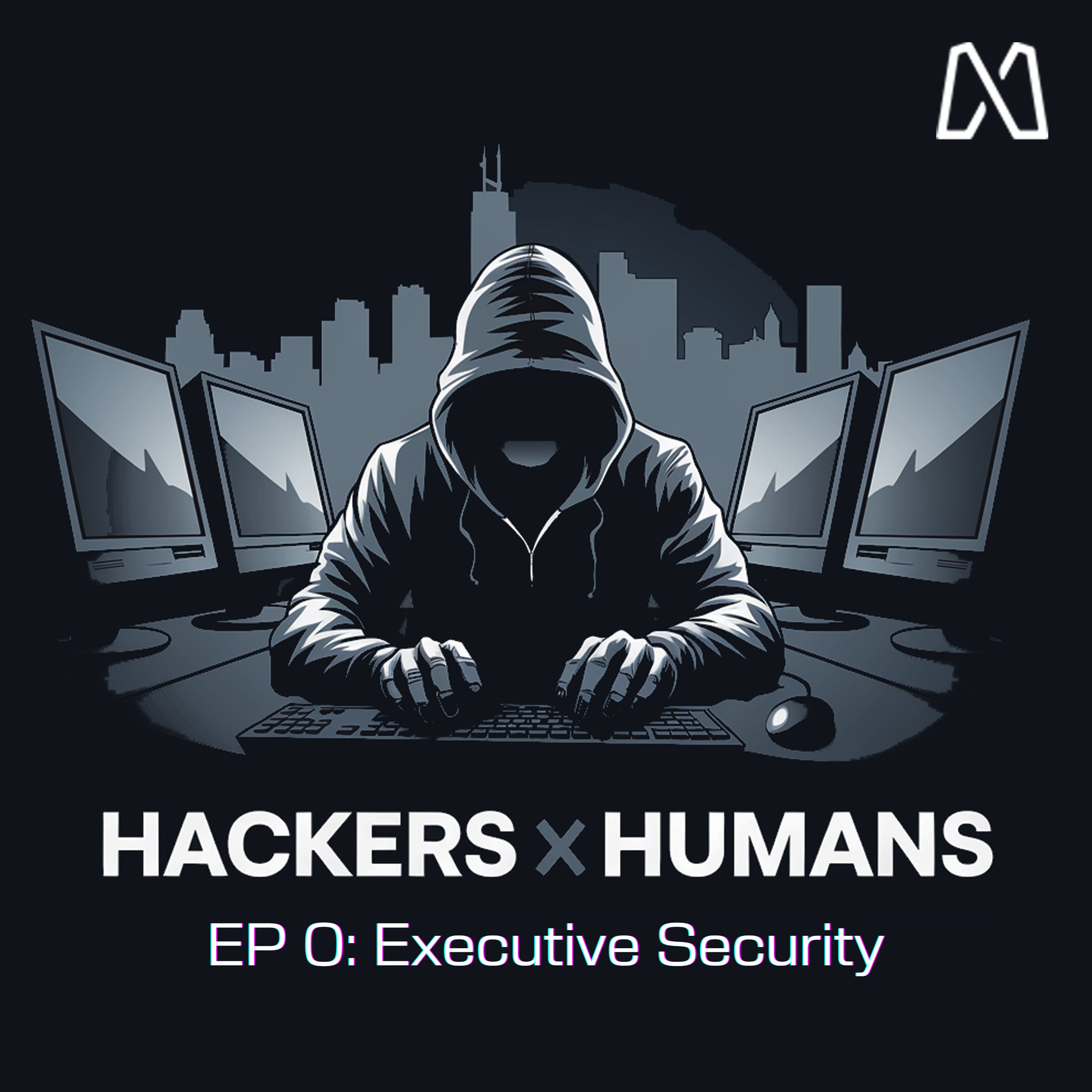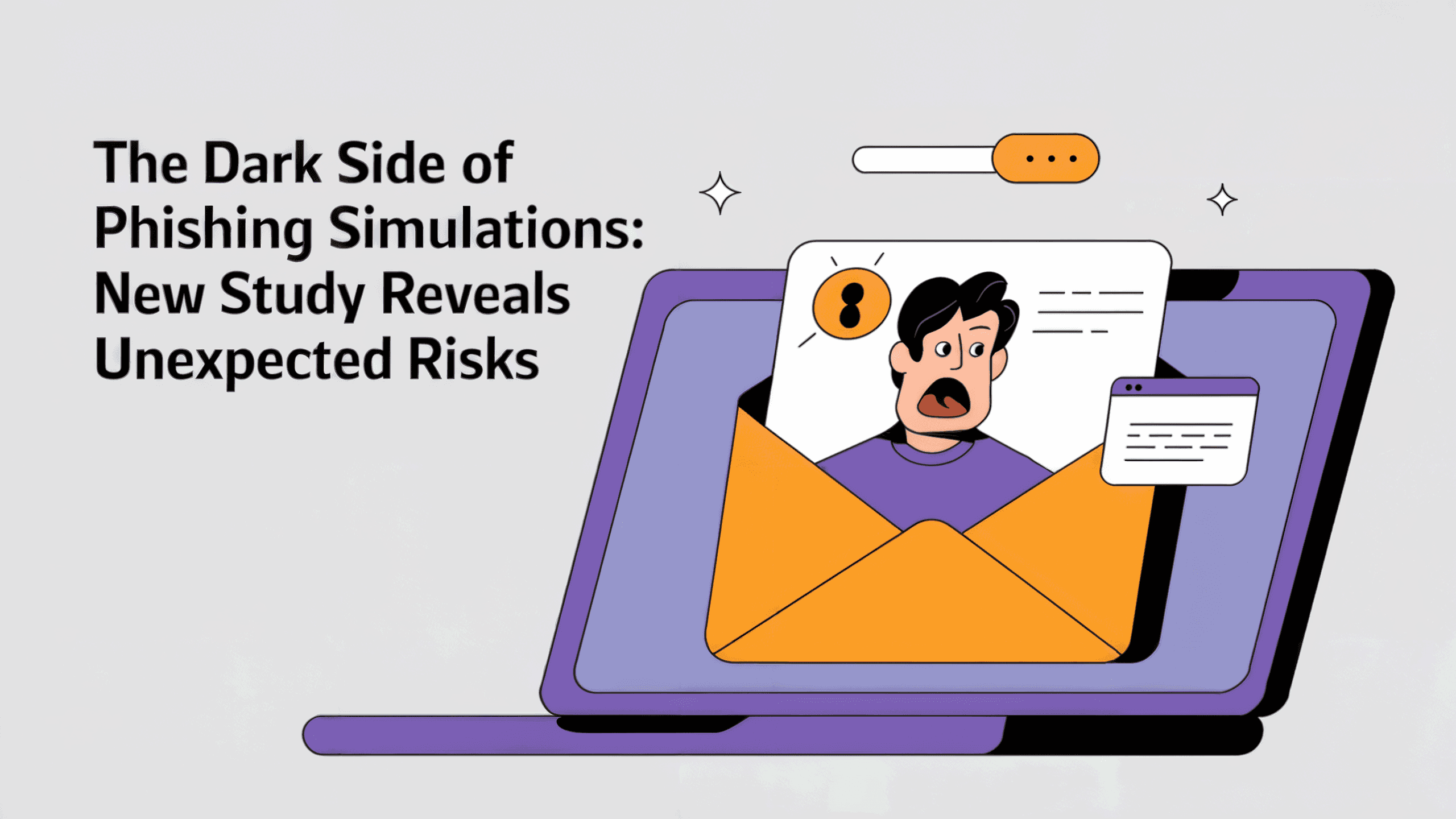Jan 6, 2025
Ross Lazerowitz
Co-Founder and CEO
Listen on: Spotify and Apple Podcasts
Summary
Hackers & Humans Episode 0: The Evolution of Executive Protection with Jim McConnell
In our debut episode of Hackers & Humans, we dive deep into the changing world of executive protection with security veteran Jim McConnell. With over 30 years of experience and an impressive background that includes managing Verizon's executive protection program, Jim brings a wealth of knowledge about how to keep corporate leaders safe in an increasingly complex threat landscape.
This conversation couldn't be more timely. In the wake of the tragic UnitedHealth CEO murder and the recently disclosed Salt Typhoon telecommunications breach, organizations are grappling with how to protect their executives from both physical and digital threats. As Jim explains, we need to move beyond thinking about executive protection as just "bodyguards for CEOs" – modern security requires a converged approach that considers physical, cyber, and information security as interconnected components.
One of the most compelling insights from our discussion is how the rise of remote work has fundamentally changed the security equation. When executives are working from home and using personal devices, the line between corporate and personal security becomes increasingly blurred. Jim advocates for a more holistic approach to security awareness that extends beyond the traditional corporate boundaries to include family members and personal life.
The conversation takes an especially interesting turn when we discuss how artificial intelligence is reshaping both sides of the security battle. While AI is making social engineering attacks more sophisticated – imagine perfect grammar, convincing deep fake voices, and highly personalized scams – it's also providing new tools for threat detection and analysis. As Jim puts it, "If we're not taking advantage of AI in protecting people, we're doing a disservice."
Perhaps most valuable are the practical takeaways Jim shares for organizations looking to enhance their executive protection programs. From establishing clear security points of contact to implementing better vendor security requirements, he provides actionable advice that organizations of any size can implement. His emphasis on balance – maintaining security without crippling operational freedom – offers a refreshing perspective in an industry often dominated by fear-based messaging.
Watch the full episode above to hear Jim's insights on:
- Why traditional executive protection needs to evolve
- How to implement effective security awareness training
- The role of AI in both attacks and defense
- Practical steps for enhancing executive security
- Balancing security with operational freedom
For more information about Jim and his work, visit AskMcConnell.com.
Chapters
00:00 Introduction to Executive Protection
03:03 The Convergence of Security Disciplines
05:28 Recent Events Impacting Executive Security
08:09 Understanding Social Engineering Threats
10:55 The Role of Contracts in Security
13:40 Assessing New Risks from Telecommunications Breaches
16:08 The Importance of Communication Security
18:55 Risk Assessment for Executives
21:28 Building Relationships in Security
24:44 Identifying Security Gaps and Training Needs
25:55 Understanding Threat Intelligence Management
27:40 The Role of Data in Physical Security
28:56 Executive Conversations on Security
30:11 Balancing Fear and Freedom in Security
32:25 Personal Security Awareness and Family Impact
34:27 Expanding Security Awareness to Families
36:55 The Role of AI in Security
41:00 Adapting to Evolving Threats
43:42 Converged Security Consulting and Metrics
Try Mirage
Learn how to protect your organization from spearphishing.







